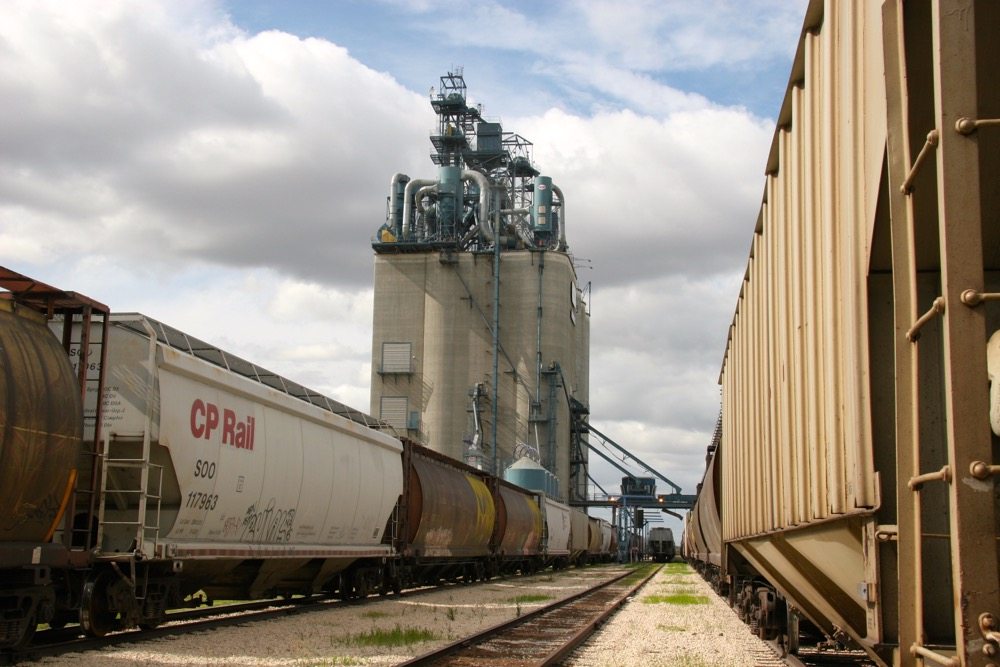Farmers and ranchers pride themselves on neighbourliness, and rightly so. Rare is the season, after all, when the local newspaper or radio station doesn’t carry a lump-in-the-throat story explaining how neighbours of an ill or injured member of a farm or ranch family gathered for a day or two to do a month or two’s worth of planting or harvesting, rebuilding or hauling, vaccinating or milking, baling or feeding.
And that aided neighbour would do the same; in fact, probably already has. That’s how it works where folks are neighbours and neighbours are a community.
Read Also

Imbalanced food system cuts into farm profit, advocates say
Canadian grocery prices have risen considerably. Where is that profit going if not to Canadian farmers?
A generation or so ago, it worked that way with farm, ranch, and commodity groups, too. Most preached unity, the need for all to join together so that all moved forward together. No one got ahead unless we all got ahead.
That culture of togetherness, however, hasn’t aged well in the age of Big Ag and Big Agbiz. Farm and ranch groups, just like the urban and political world, are now less social and more tribal. Many tightly grip a “we’re-right, you’re-wrong” view of farm and food technology, policy, and their customers.
Some have moved from representing the middle-ground consensus of their farmers, ranchers, and neighbours to advocating for individual “production links” in the “supply chain.”
For example, reported DTN, on March 24 “(m)ajor livestock and meat-packer groups,” asked the U.S. Department of Agriculture “to withdraw proposed rule changes to the Packers and Stockyards Act.”
One of the rules these groups asked USDA to kill “… would ensure packers cannot retaliate against producers who show their contracts to legal counsel.”
Why would any livestock group oppose a sensible, necessary rule that allows American cattle and hog growers to seek legal advice without fear of retaliation?
Leaders of the groups, “the NCBA (National Cattlemen’s Beef Association) and the NPPC,” explained DTN, said the rules would lead to meat packers paying one price for all U.S. cattle.
That’s an absurd and ridiculous claim with no factual basis — other than a bought-and-paid-for study that went unchallenged.
Roger Johnson, president of National Farmers Union, however, supported the Farmer Fair Practice rules and labelled today’s opaque, contract-dominated poultry, cattle, and hog sectors a “system of indentured servitude…”
Just a few days earlier, the biggest farm group in the U.S., the American Farm Bureau Federation (AFBF), quietly endorsed a House of Representatives’ plan to repeal the Affordable Care Act (ACA), or Obamacare.
The AFBF announcement didn’t mention that several of its state affiliates own and operate regional, rural-focused insurance companies that might benefit, some handsomely, if the entire ACA was repealed and no federal replacement took its place.
After receiving the AFBF announcement, one Capitol Hill observer forwarded it with the note, “AFBF to Rural America: drop dead.”
Hyperbole aside, the quip stings because it hits too close to home. There was a time when what was good for rural America was good for farmers and farm groups. We’ve now flipped that to read: What’s good for farm groups might be good for farmers and rural America.
Many farm and commodity groups are often viewed as anti-customer, anti-environment, and anti-neighbour bottom-line grubbers. Are they?
Ask your neighbour.
The Farm and Food File is published weekly through the U.S. and Canada. www.farmandfoodfile.com.


















